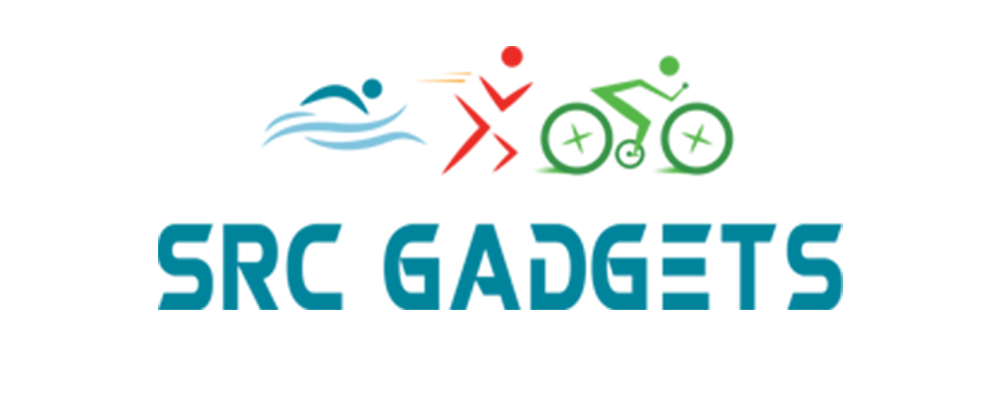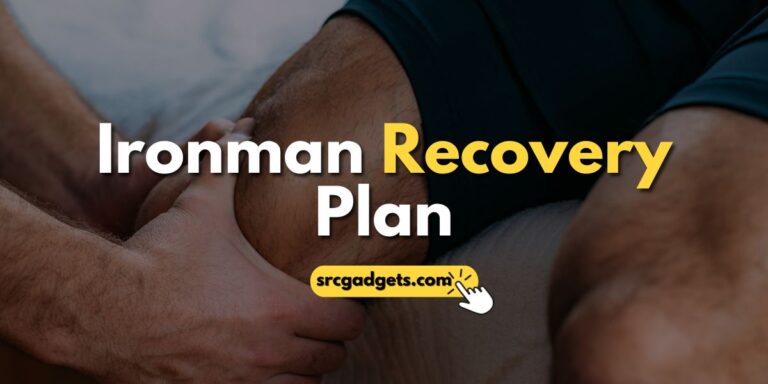How to Qualify for Kona Ironman – Steps to Reach the Championship
If you are a triathlete, chances are you have dreamed of racing in the Ironman World Championship in Kailua-Kona, Hawaii. This iconic event is the summit of the sport, where the best of the best compete for glory and honor. But getting to Kona is not easy. It requires dedication, hard work, and a lot of luck. In this blog post, I’ll explain how to qualify for the Kona Ironman, what it takes to get there, and some tips and tricks to help you achieve your goal.
What is Kona Ironman?

The Ironman World Championship, also known as Kona Ironman, is an annual triathlon race that consists of a 2.4-mile (3.8 km) swim, a 112-mile (180 km) bike, and a 26.2-mile (42.2 km) run. It has been held every October in Kailua-Kona, Hawaii, since 1981. The race is considered the most prestigious and challenging triathlon in the world, attracting over 2,000 athletes from more than 80 countries.
How to Qualify for Kona Ironman?
There are two main ways to qualify for the Kona Ironman: by earning a slot through a qualifying race or by entering a lottery or charity program.
1. Qualifying Races
The most common way to qualify for the Kona Ironman is by competing in one of the official qualifying races that are held around the world throughout the year. These races are also known as Ironman or Ironman 70.3 events, depending on the distance. There are about 40 full-distance Ironman races and 70 half-distance Ironman 70.3 races that offer Kona slots each year.
Slot Allocation and Distribution
The number of slots available at each race varies depending on the size and popularity of the event, as well as the region and gender distribution of the participants. Typically, there are between 40 and 80 slots per race, with about half allocated to male age-groupers and half to female age-groupers.
The age groups range from 18-24 to 80+ in five-year increments. There are also slots reserved for professional triathletes, who have to compete in a minimum number of races and earn points based on their performance to qualify for Kona.
Criteria for Earning a Slot
To earn a slot at a qualifying race, you have to finish within the top ranks of your age group. The exact cutoff time depends on how competitive your age group is and how many slots are available.
For example, at the 2019 Ironman Arizona, the fastest male age-grouper finished in 8:51:34, and the slowest qualifier finished in 9:35:04. At the same race, the fastest female age-grouper finished in 9:28:29, and the slowest qualifier finished in 10:38:13.
The Rigorous Qualifying Process
As you can see, qualifying for the Kona Ironman is not a walk in the park. You have to be among the top triathletes in your age group and be able to complete an Ironman or an Ironman 70.3 in less than 10 hours (or even less than 9 hours for some age groups). This requires a high level of fitness, endurance, and speed, as well as a smart training plan, nutrition strategy, and race execution.
2. Lottery and Charity Programs
If you are not confident or lucky enough to qualify through a race, there are other ways to get into the Kona Ironman. One of them is by entering a lottery or a charity program that offers guaranteed entries to the race.
The lottery program was introduced in 1983 as a way to give more people a chance to experience Kona Ironman. It was open to anyone who had completed at least one full-distance Ironman race in the previous year and paid a $50 entry fee.
Each year, 100 lucky winners were randomly selected from thousands of applicants to receive a slot for Kona. However, this program was discontinued in 2015 after it was found to violate federal anti-gambling laws.
Recent Changes to the Lottery Program
It was reinstated in 2019 with some changes. Now, it is open to anyone who has completed at least one full-distance or half-distance Ironman race in the previous year and paid a $100 entry fee. Each year, 40 winners are randomly selected from thousands of applicants to receive a slot for Kona.
Charity Entries for Kona Ironman
The charity program is still ongoing and allows people to secure a slot for the Kona Ironman by raising money for a good cause. There are several official charity partners that offer Kona entries in exchange for fundraising commitments ranging from $10,000 to $150,000.
Some of these charities include The IRONMAN Foundation, Smile Train, World Bicycle Relief, Women For Tri, and Challenged Athletes Foundation. By joining these programs, you can not only fulfill your dream of racing in Kona but also make a positive impact on the lives of others.
Pros and Cons of Lottery and Charity Programs
There are pros and cons of joining these programs. On the one hand, they give you a guaranteed entry to Kona without having to qualify through a race. They also allow you to support a noble cause and help others in need.
They require you to raise a large amount of money, which can be stressful and time-consuming. They also do not guarantee that you will be ready for the race, as you still have to train and prepare for it.
Qualifying for the Kona Ironman: Tips and Tricks
Qualifying for the Kona Ironman is a challenging task that requires a lot of preparation, dedication, and perseverance. Here are some tips and tricks to help you get closer to your dream:
1. Choose your qualifying race wisely.
Some races are more popular and competitive than others, which means they have fewer slots and faster cutoff times. Do your research and pick a race that suits your strengths, preferences, and schedule.
Consider factors such as the course profile, the weather conditions, the travel logistics, and the registration fees. Some of the best qualifying races for different types of triathletes are:
a. For flatlanders:
Ironman Florida, Ironman Arizona, Ironman Texas
b. For climbers:
Ironman Lake Placid, Ironman Switzerland, Ironman Wales
c. For hot weather lovers:
Ironman Cozumel, Ironman Malaysia, Ironman Hawaii
d. For cold weather lovers:
Ironman Canada, Ironman New Zealand, Ironman UK
e. For beginners:
Ironman 70.3 World Championship, Ironman 70.3 Oceanside, Ironman 70.3 St. George
2. Train smart and hard.
To qualify for the Kona Ironman, you need to train at a high level of intensity and volume for several months. Follow a structured and periodized training plan that covers all aspects of triathlon: swim, bike, run, transition, nutrition, recovery, and mental skills.
Hire a coach or join a club if you need guidance and support. Use data and feedback to monitor your progress and adjust your plan accordingly. Some of the best training methods and resources are:
a. For Swim:
Learn technique, breathing, sighting, and drafting. Use drills, intervals, and open water sessions to improve your speed, endurance, and confidence. Use tools like paddles, pull buoys, fins, snorkels, and wetsuits to enhance your performance. Use apps like MySwimPro or Swim Smooth to track your workouts and get feedback.
b. For Bike:
Master the basics of bike fit, handling, shifting, and braking. Use hills, intervals, and tempo sessions to improve your power, endurance, and efficiency. Use tools like power meters, heart rate monitors, cadence sensors, and bike computers to optimize your performance. Use apps like Zwift or TrainerRoad to simulate race conditions and get feedback.
c. For Run:
Develop your form, stride, cadence, and foot strike. Use speed work, tempo runs, and long runs to improve your pace, endurance, and stamina. Use tools like GPS watches, heart rate monitors, running shoes, and compression socks to enhance your performance. Use apps like Strava or Runkeeper to track your workouts and get feedback.
d. For Transition:
- Set up your gear, change your clothes, and switch your modes. Use brick sessions, mock races, and practice runs to improve your speed, coordination, and confidence.
- Use tools like elastic laces, race belts, sunglasses, and sunscreen to make your transition easier.
- Use tips like laying out your gear in order, putting on your helmet before touching your bike, and running with your bike on the right side to save time and avoid penalties.
e. For Nutrition:
Learn about hydration, electrolytes, carbohydrates, and protein. Use trial and error, research, and consultation to find out what works best for you. Use products like sports drinks, gels, bars, and supplements to fuel your body before, during, and after the race.
Use tips like drinking at least 500 ml of water per hour, consuming at least 60 grams of carbs per hour, and replenishing your glycogen stores within 30 minutes of finishing the race to prevent dehydration, bonking, and muscle damage.
f. For Recovery:
Practice rest, sleep, massage, and stretching. Use active recovery, rest days, and tapering to allow your body to heal and adapt. Use products like foam rollers, massage guns, ice packs, and anti-inflammatory drugs to relieve your pain and inflammation. Use tips like sleeping at least 8 hours per night, getting a massage at least once a week, and doing yoga or pilates at least once a week to improve your flexibility and mobility.
g. For Mental Skills:
Develop your motivational skills, goal setting, visualization, and self-talk. Use positive affirmations, inspirational quotes, and motivational music to boost your morale and confidence. Use SMART goals (Specific, Measurable, Achievable, Relevant, and Time-bound) to track your progress and celebrate your achievements.
Use visualization techniques to imagine yourself racing in Kona and overcoming any challenges. Use self-talk strategies to cope with negative thoughts and emotions and replace them with positive ones.
2. Race smart and hard.
On race day, you need to execute your plan flawlessly and push yourself to the limit. Have a realistic and specific goal based on your training and performance. Pace yourself according to your abilities and the course conditions. Fuel yourself properly before, during, and after the race. Stay focused, positive, and resilient throughout the race. And most importantly, enjoy the experience and have fun!
Conclusion
In sum, qualifying for the Kona Ironman is one of the most challenging and rewarding achievements in triathlon. It takes a lot of hard work, determination, and luck to get there. But it is not impossible. With the right training, racing, and mindset, you can make it happen. And once you do, you will join an elite group of triathletes who have conquered the ultimate triathlon challenge.
Getting qualified for the Kona Ironman is not a destination but a journey. A journey that will test your limits, challenge your spirit, and transform your life.






